Cropside: Double cropping remains risky
AGRONOMIC INFORMATION FROM ONTARIO'S CROP SPECIALISTS
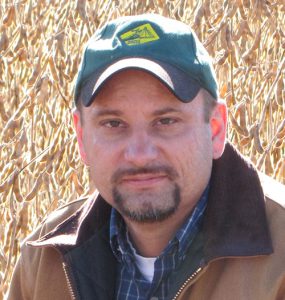
AN EARLY WINTER wheat harvest this summer and high soybean prices fueled considerable interest in double cropping soybeans. More soybeans were double cropped in 2012 than in recent memory.
Success was variable to say the least. Yields ranged from 0 to 40 bu/ac. Plants from a trial planted north of Mitchell on July 20 produced no yield. (Photo 1) Frost in early October did not allow the seed to finish in time. (Photo 2) On the other hand a planting date of July 11 produced plants with about 18 fully sized pods per plant. (Photo 3) The seed had time to fully develop and detach from the pod.(Photo 4) Once the seed has reached this stage it has the opportunity to dry down normally.
PHOTO 1: plants from a trial planted north of mitchell on july 20 produced no yield.
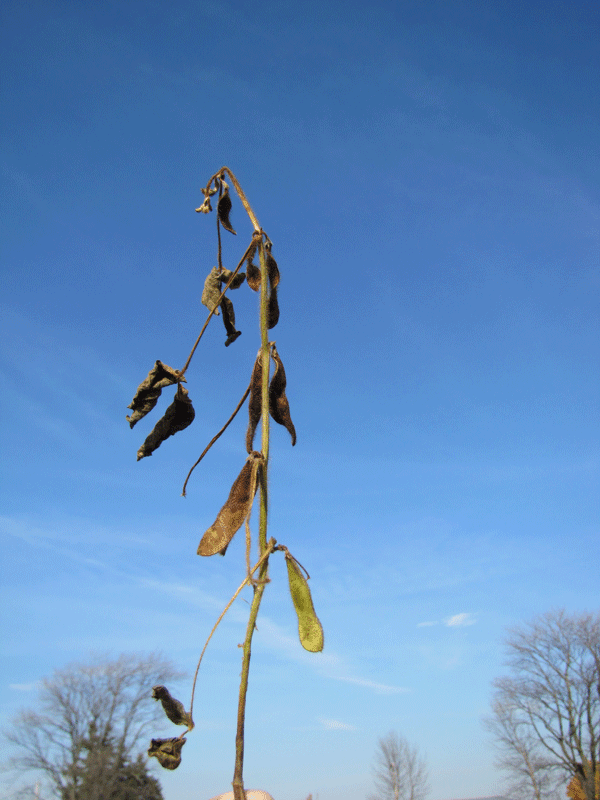
PHOTO 2: frost in early october did not allow the seed to finish in time.
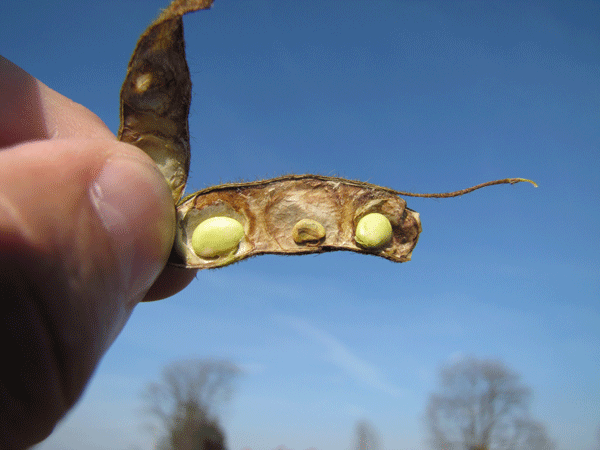
PHOTO 3: a planting date of july 11 produced plants with about 18 fully sized pods per plant.
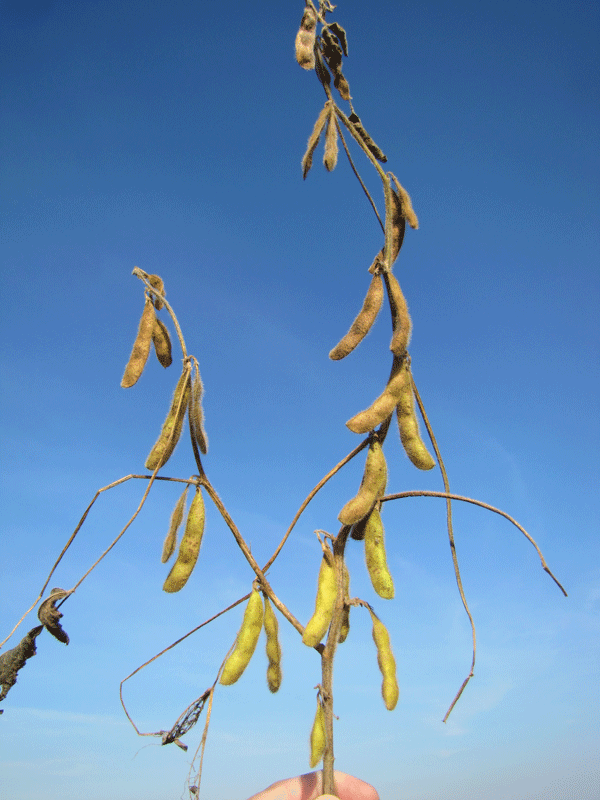
PHOTO 4: the seed had time to fully develop and detach from the pod.
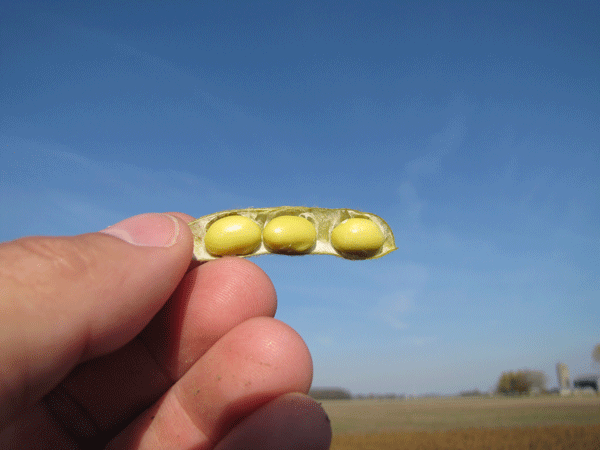
There were three main factors that dictated success or failure. The first was sufficient moisture at seeding time to allow for quick emergence and early growth. Some double cropped fields took over a month to fully emerge due to a lack of moisture, making it impossible for the crop to finish in the fall. The second factor was simply planting date. When it comes to double cropping, every day counts. Those fields planted before July 10 had a reasonable chance of success. Most fields planted after July 15 did not mature in time. The third factor was geography. Areas with more than 3000 CHU’s or those less prone to frost had a better chance of success.
A number of trials were established in 2012 to assess the best agronomic practices to maximize the potential of double cropping in Ontario. Results will be presented at the Southwest Agricultural Conference in January. •






















